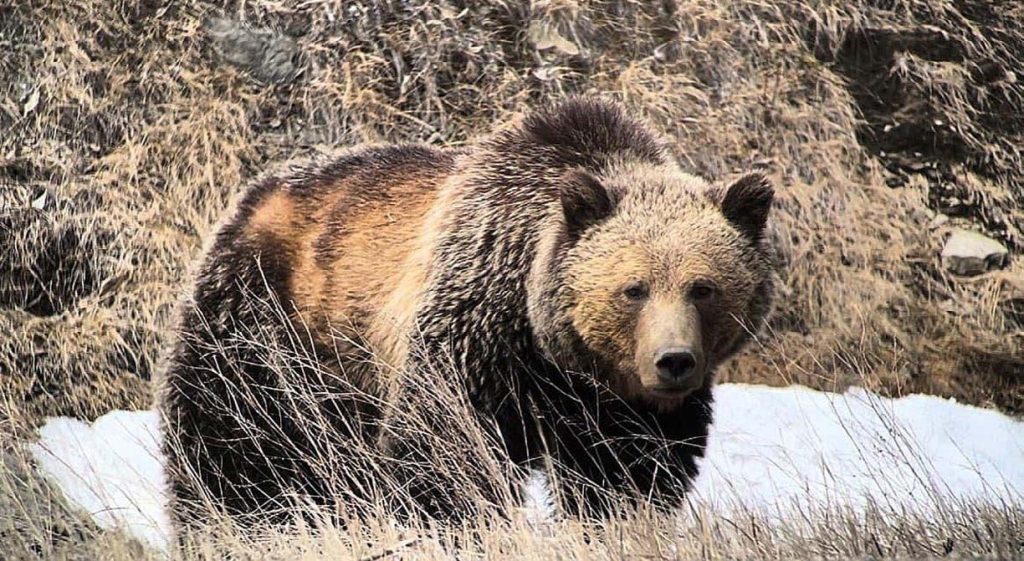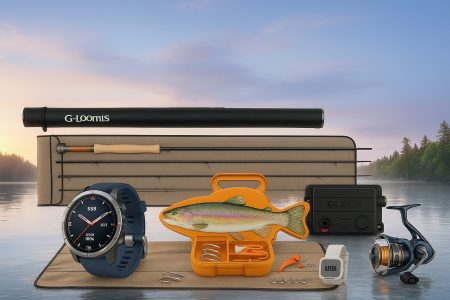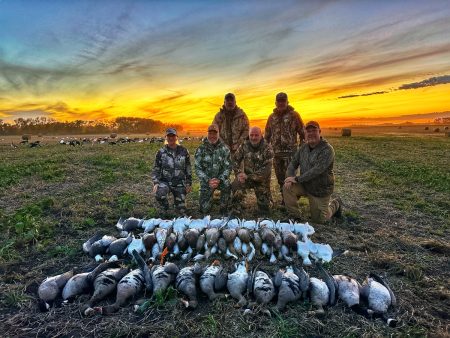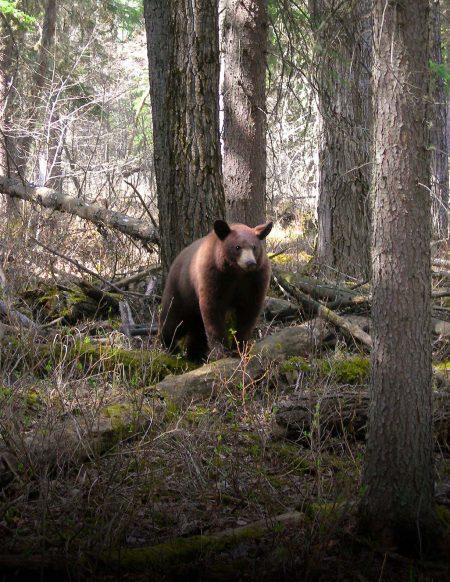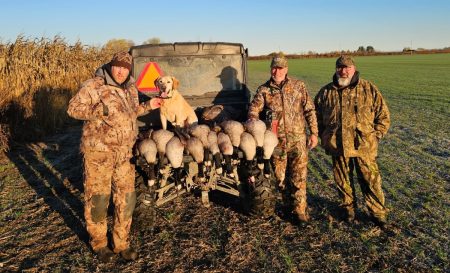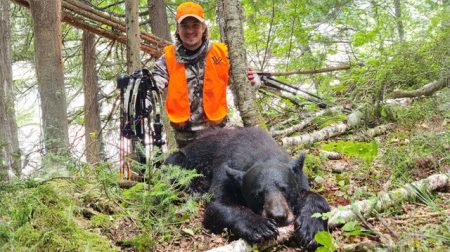Tips From a Wildlife Conflict Mitigation Expert
North America’s bear populations are on the rise. Between increasingly restrictive hunting regulations and protective laws, grizzly bear numbers, especially, are escalating. What does this mean for you? The risk of a bad encounter is going up. Are you prepared?
Where regulations allow, many hunters run bear baits each spring and fall. Although they may be surprisingly rare, I can tell you both from personal experience and from hearing secondhand stories that bear conflicts do occur around these manmade attractants. But what about all of our other hunting and other outdoor activities? As you venture out into the woods, remember that the risk from bears is real. So, be sure to arm yourself with an understanding of how to navigate problem encounters.
If you’ve interacted with bears, then you know that every bear has its own personality. Some are timid, most are cautious, and others are downright bold. Along with familiarity and food reward often comes fearless behavior. I’ve run many bait sites where it was common to have big bears walking around a few yards away as I restocked the barrels. When bears become so food-conditioned that they lose their inhibitions, it’s time to heighten your awareness and keep a close watch on their posture, stress levels and overall behavior. As a due-diligence measure, regardless of how comfortable you are with bears, it’s best to stay alert. Here’s why.

Why They’re Aggressive
Bears are never an issue…until they are an issue. From time to time, they approach and sometimes attack people for a variety of reasons. Understanding why a bear shows aggression and having the ability to accurately identify the reasons why that is happening are imperative to helping assess the encounter and determine next steps. Bears may just be curious, testing to see what they can get away with, or they may even be predatory. More often than not, when a grizzly bear approaches or attacks, it happens in defense of food, their young or their space.
While there are indeed predatory grizzly bears, this is less common for that type of bear. On the other hand, predacious behavior is more common among black bears. If you corner a black bear, disturb it while it is eating or on a kill, or get too close to or between a sow and her cubs, you’re likely to experience a very uncomfortable and potentially entirely dangerous defensive confrontation. You may even be attacked. Consider the baiting equation again. Some bears can get testy when they lay claim to this readily available food source. So, what do you need to know to effectively handle a sketchy situation with an ornery bruin?
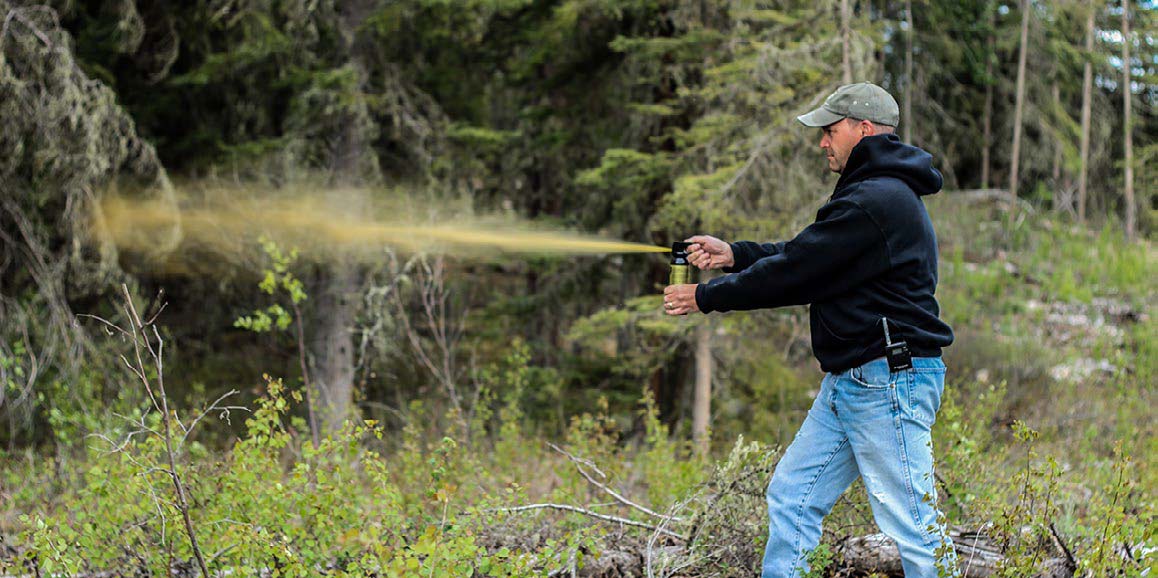
Defensive vs. Non-Defensive
Learning how to accurately interpret an encounter or attack could save your life. Most encounters, even when we go into or leave our bait sites or when we’re fishing a stream or walking any backcountry trail, are little more than sightings. However, sometimes we stumble on a bear or multiple bears by accident.
Know that sows with cubs can be especially aggressive and they will do anything to protect their young. Aside from actively hunting, your best bet is avoidance. But if you do have an encounter, stop as soon as you see them. Assess their demeanor. Determine your best course of action. First, sort out whether the bear has seen you, if it appears to be concerned about you, or if it is interested in you. In most situations, don’t yell. Too often that’s our instinctive reaction, but it’s generally not the best solution. Regardless of whether you are near bait or are doing some other activity, if you come across a bear and it doesn’t know you’re there (in other words, if you don’t pose an immediate threat) you may be able to back away quietly. This is where properly interpreting the situation is imperative. Never turn and run. I’ve seen plenty of people freak out when they see a bear on the ground—yes, even when they are hunting them.
Your immediate priority is to evaluate the bear’s attitude, proximity and options for escape. Determine if the bear is exhibiting signs of lower-level stress like yawning, popping the jaw, clicking teeth or if its ears are laid back. Swiping the ground with a paw, growling and even biting branches can demonstrate higher-stress behavior and should be taken very seriously. If a bear is salivating or roaring, you’re in a bad spot. If one is staring at you, approaching you or if you surprised them…or if it’s a sow with cubs and she perceives you as a threat, immediately consider your options for defense. A cornered bear with no options for regress is never a good thing. Similarly, a bear that approaches you with no apprehension can also pose a serious threat.

There Is Good News
Here’s the good news, though. Bears generally want nothing to do with people. On the other hand, if a bear charges, it’s imperative that you quickly and accurately evaluate what’s really going on. When an encounter transitions into an attack, or what may be perceived as an attack, remember that this is either a defensive response or a non-defensive response. Note that some non-defensive responses may just involve a bear testing limits to see what it can get away with. At the extreme end of the spectrum are predatory bears that are intent on harming you.
Many perceived bear attacks end in one or more bluff charges with no physical contact being made between the bear and the person. In these situations, the bear commonly sees the surprise appearance of a human as a direct threat to their food source, to themselves or to their cubs. In most instances, unless you plan to use lethal force, the best thing you can do is stop, face the bear, wave your arms, gradually back up to increase the distance between you and the bear and talk to it in a reassuring voice. Again, no two encounters are identical, but usually in this scenario, as you move away the bear will feel less threatened and will eventually move away also.
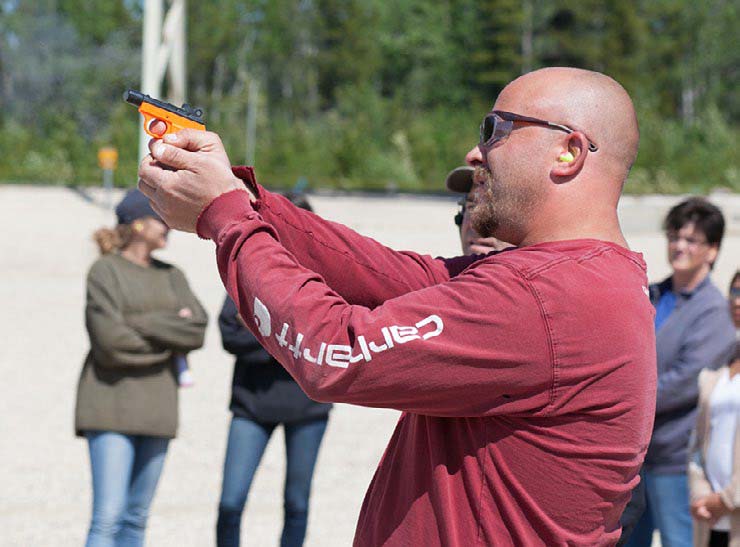
Many Encounters
As a professional bear monitor on remote industrial sites, a big game hunting guide and an avid recreational backcountry visitor, I’ve had many encounters with both grizzly bears and black bears.
The worst one involved a surprise encounter as my wife and I disturbed a mature grizzly eating in a berry patch. He startled, ran and then stopped up against a rock face only 20 feet away. It was clearly a defensive encounter with one very awkward dynamic. We had him cornered with no option for escape. Instinctively, he roared and immediately shifted into attack mode as he lunged at us.
It was a unique situation, one in which the textbook response probably wouldn’t have worked. My partner grabbed her spray, we continued walking at the same pace (not stopping and not running), and when the bear lunged, I yelled and shocked him into pausing briefly. As we made more distance, he would roar and advance again every 10 yards or so. Each time, I hollered. This happened three more times until we diffused the threat and were able to disappear into cover. In all honesty, that one could have ended very differently. In that situation, yelling to shock him out of his innate response was the right thing to do.
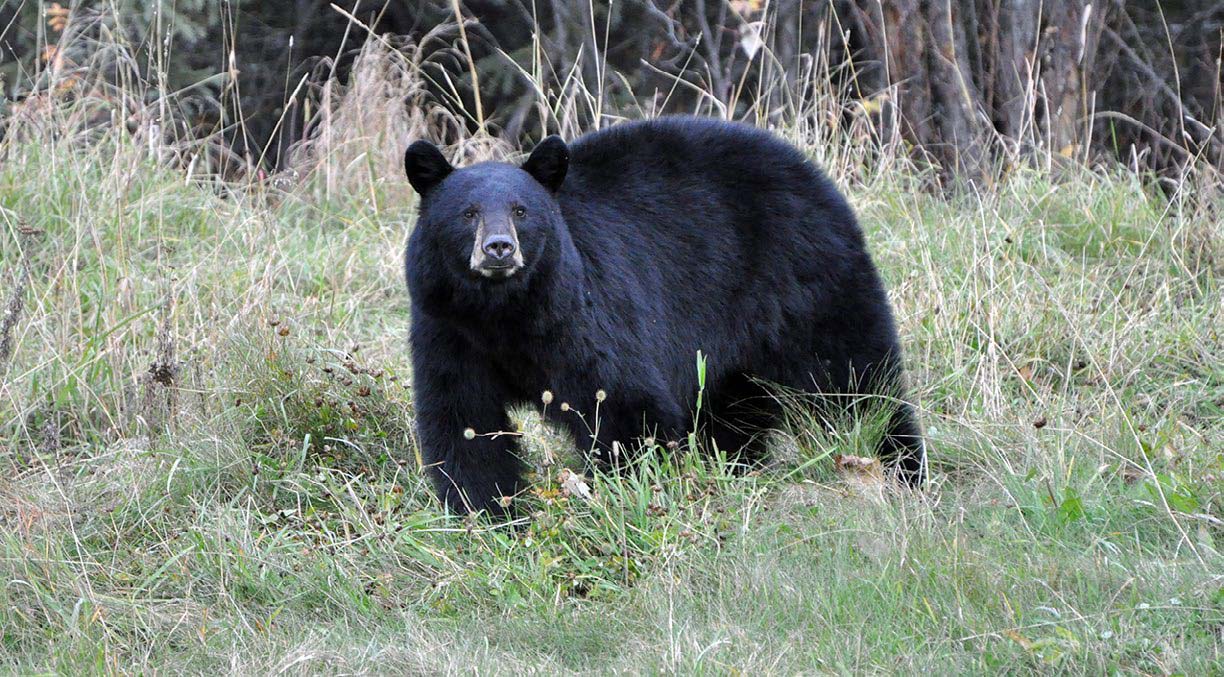
An Option
Should a defensive attack result in a mauling, many case studies show that playing dead (or not fighting back) can cause the bear to eventually back off. You may incur injury, but as soon as the bear realizes you are no longer a threat it will usually stop and move off. If you have no other option, lie on your stomach, spread your legs for stability, and cup your hands over your head protecting your temples and neck. If you have a backpack, don’t take it off as it may help provide some protection.
Predatory Attack
By comparison, a non-defensive or especially predatory attack is very different. A predatory bear has no fear of humans and moves aggressively toward people with the intent to harm or kill. As rare as it is, this phenomenon instills a paralyzing fear in many of us.
A predatory bear will often approach slowly but intentionally with its head lowered and ears forward. If you find yourself in this situation, never turn and run. Do not turn your back on a predatory bear.
If you have a firearm, shoot to kill. If you don’t, then yell and keep yelling while making every effort to increase the distance between you and the bear. Use whatever you can to defend yourself. Bear spray, a log, a hiking pole or whatever you can find may help fend off the attack.
If a predatory attack turns bad and the bear makes physical contact, fight with everything you’ve got! You are fighting for your life! Do what you can to hit the bear’s eyes and nose. In the case of a predatory attack, you don’t want to appear weak. Show the bear that you won’t give up.
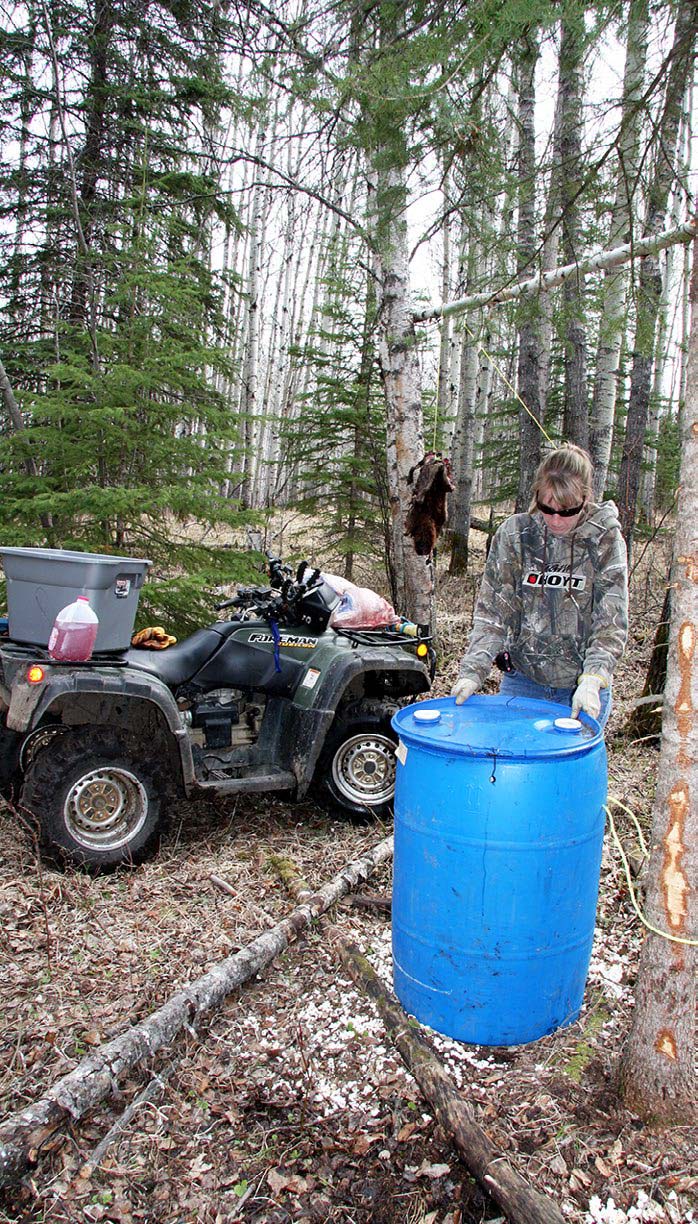
Non-Lethal Defense
These days, it only makes sense to carry bear spray somewhere where it is accessible, like your hip belt or on the chest strap of your backpack. More important than having it is knowing where, when, how and why you should use it.
Before you set foot in the woods, check to make sure the canister hasn’t expired. Most have a three- or four-year shelf life. The aerosol can weaken over time, so it’s important to replace any older ones with a new canister after expiration.
Familiarize yourself with this tool and understand its limitations. It should only be used as a last line of defense. Rarely would I consider using spray if the bear is more than 10 feet away. When used properly, bear spray is highly effective (nearly 100%), but here’s the catch. Studies show that the first time a bear is sprayed, it almost always deters the attack. The second time that same bear is sprayed, it is approximately 50% effective. The third time that same bear is sprayed, it’s almost universally ineffective. The message here is that if you spray a bear, immediately vacate and avoid the area. Equally important, let the authorities know about the incident as soon as possible.
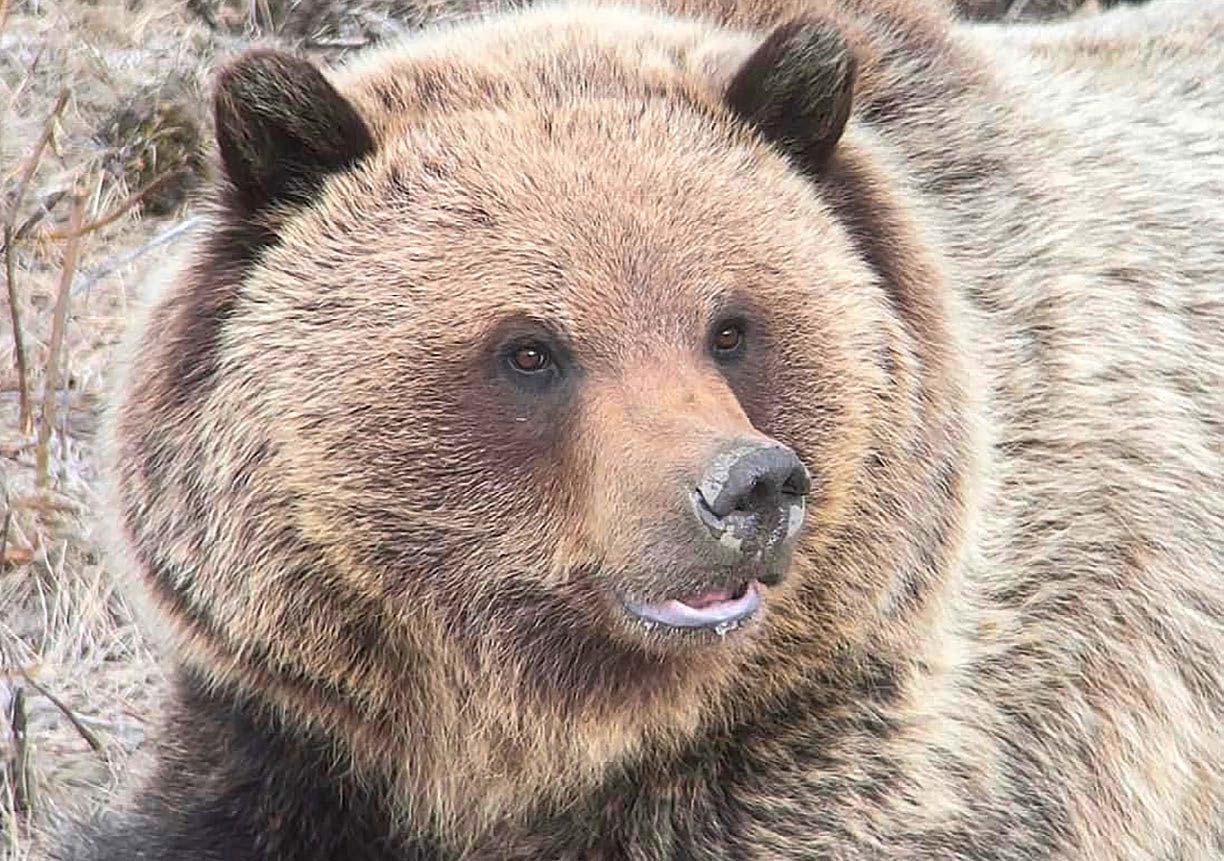
The Capsaicin Effect
Why is bear spray effective? It’s comprised of a pepper derivative called capsaicin. Capsaicin is an extreme respiratory irritant. If using it, you should aim for the bear’s mouth, nose and eyes. Not all sprays are equal, so do your research. I’m a big fan of the Counter Assault and Bear Shield brands. Both have high concentrations of capsaicin.
Know that 225-gram or 230-gram canisters generally have about seven or eight seconds’ worth of aerosol. Short, two-second bursts usually do the trick, but use them accordingly. Be aware of wind, snow, rain, foliage, and other factors that could negatively impair the efficacy of the spray. As a rule, when using the spray, brace in the ready position with the body of the canister in your non-dominant hand and operate the safety and trigger with your dominant hand. Flick the safety off, aim and depress the trigger. It’s that simple. If you get a chance, practice with an inert canister or an expired canister.
Here is a video showing how to use Bear Spray: BEAR Attack Simulator
Noisemakers
Beyond spray, noisemakers such as pressurized screamers and pyrotechnics (a.k.a. bear bangers and other variations) can be used to soft-haze bears that are getting too close. I’ve seen many types, but one screamer I’ve had great success with is a German-made product called the Schrill Alarm. For me, its high pitch and decibel level have been effective in repelling bears. Similarly, bear bangers can work well, but you should use extreme caution in understanding both how to use them safely and their limitations. As a side note, I’m not a big fan of the pen-style launchers. Whenever possible, I find the small pistol-like record launchers, which use a 6mm primer, to be the most reliable and the safest to use. Launchers should always be held at a 45-degree angle, and you should never discharge them to go off beyond the bear. The banger must always go off between you and the bear. The last thing you want to do is push the bear toward you.
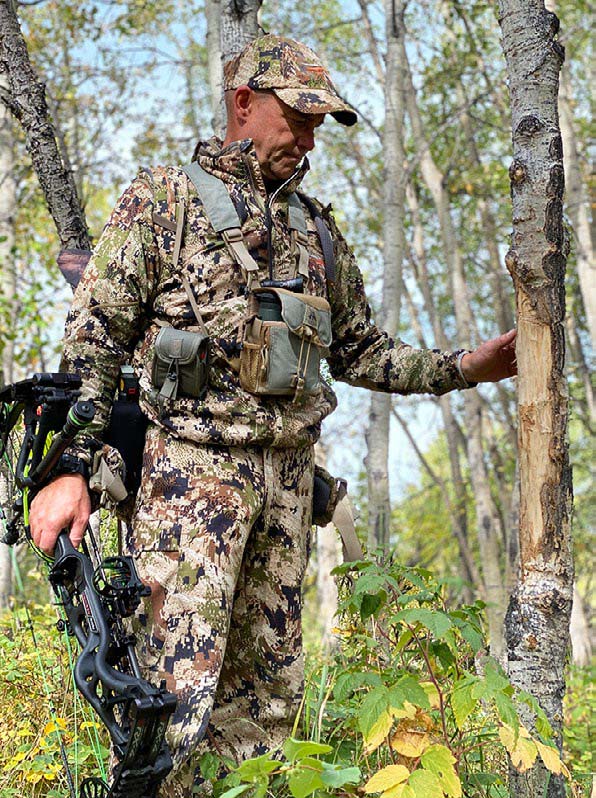
Lethal Defense
Opinions vary greatly, but most studies show that bear spray is more effective overall than a firearm, primarily because of the inconsistency of human response. You may be the best shot in the world, but accurately hitting a bear with a small projectile in a high-stress situation is much more difficult than most people realize. Spray covers a much bigger surface area and is easy to use.
If you do decide to carry, your options are many. Basically, I suggest aiming for a handgun (e.g., a 10 mm, .45 ACP, .357 or .44 magnum). All else being equal, a long gun is a better all-around choice. As far as rifles and shotguns are concerned, the venerable .45-70 government or a comparable caliber is a great choice for grizzlies. But, in my view, nothing beats a suitable slug in a short barrel 12-gauge for lethal black bear defense. Even still, statistics have shown that non-lethal strategies like bear spray consistently result in a higher number of positive bear conflict resolutions.
Editor’s Note: Kevin Wilson advises and educates industry connections and the public on wildlife conflict management. For more information, visit www.wildencountersltd.com.
Per our affiliate disclosure, we may earn revenue from the products available on this page. To learn more about how we test gear, click here.






